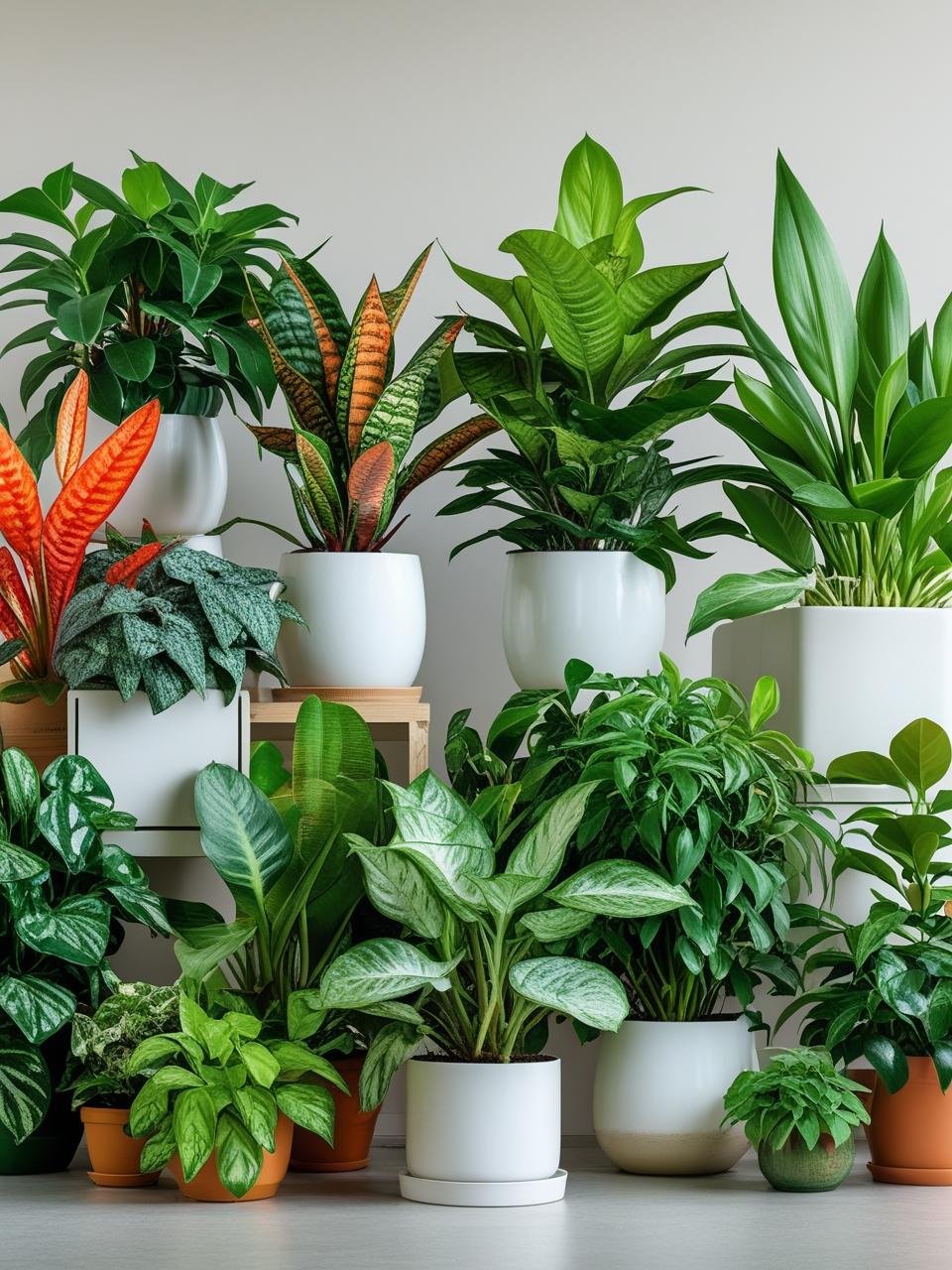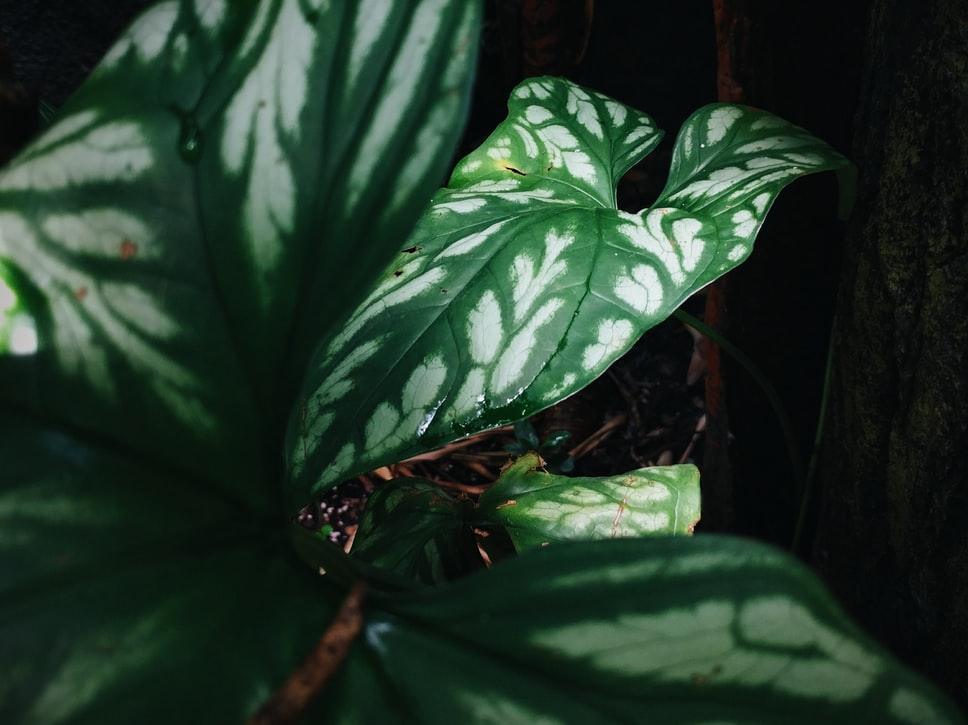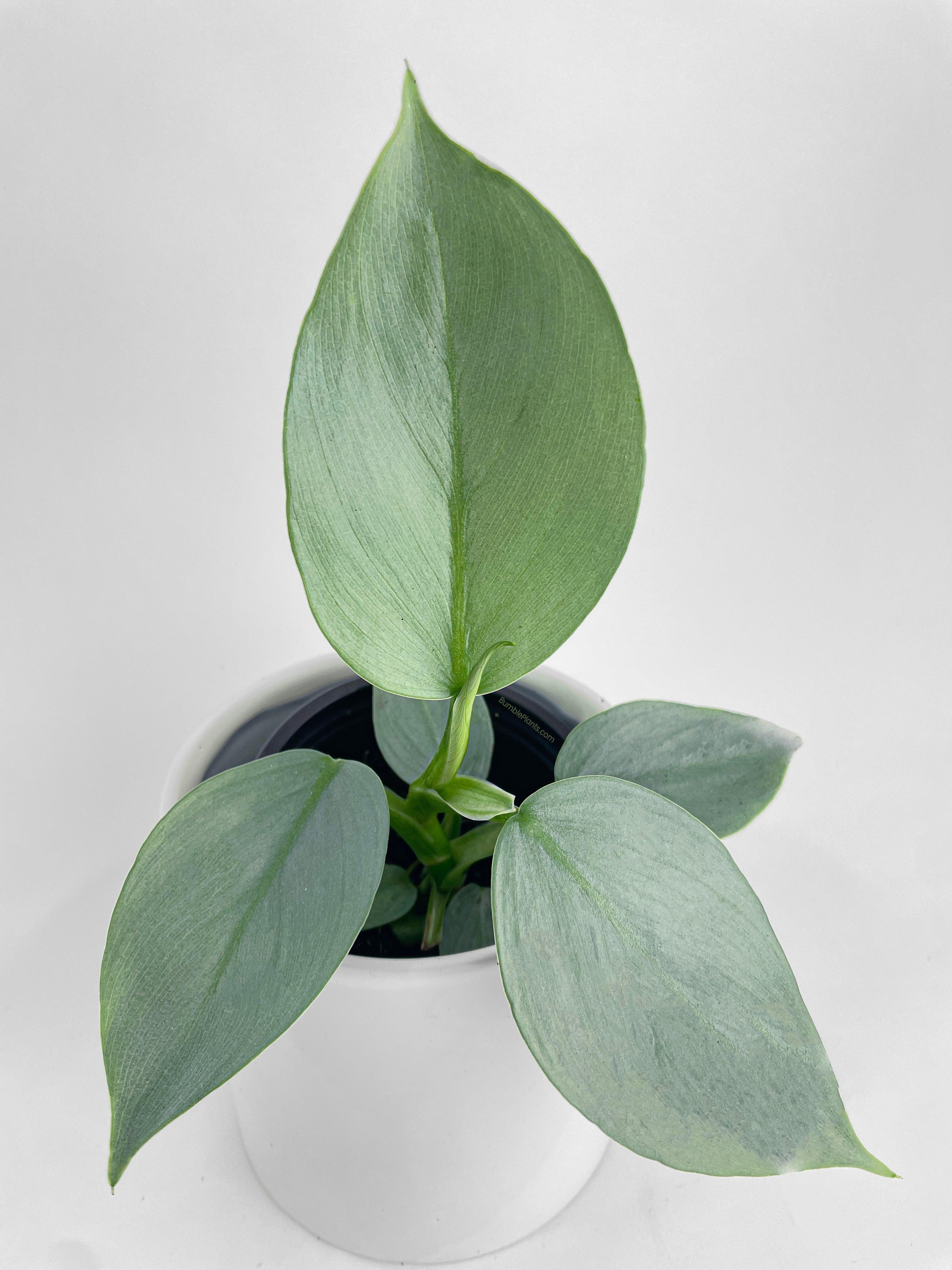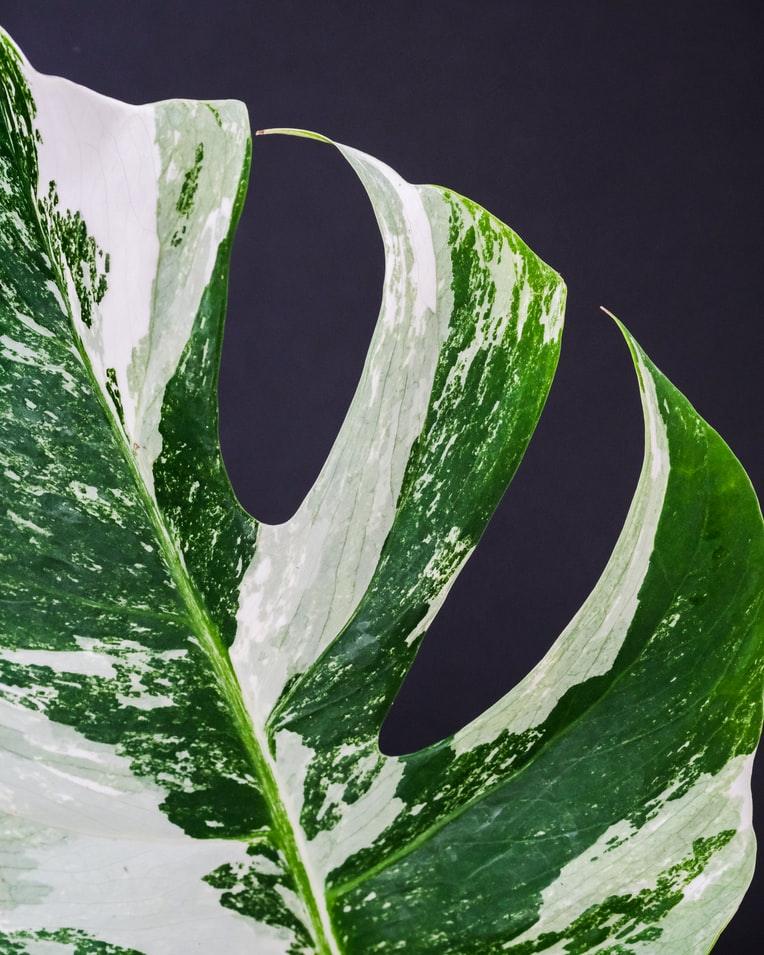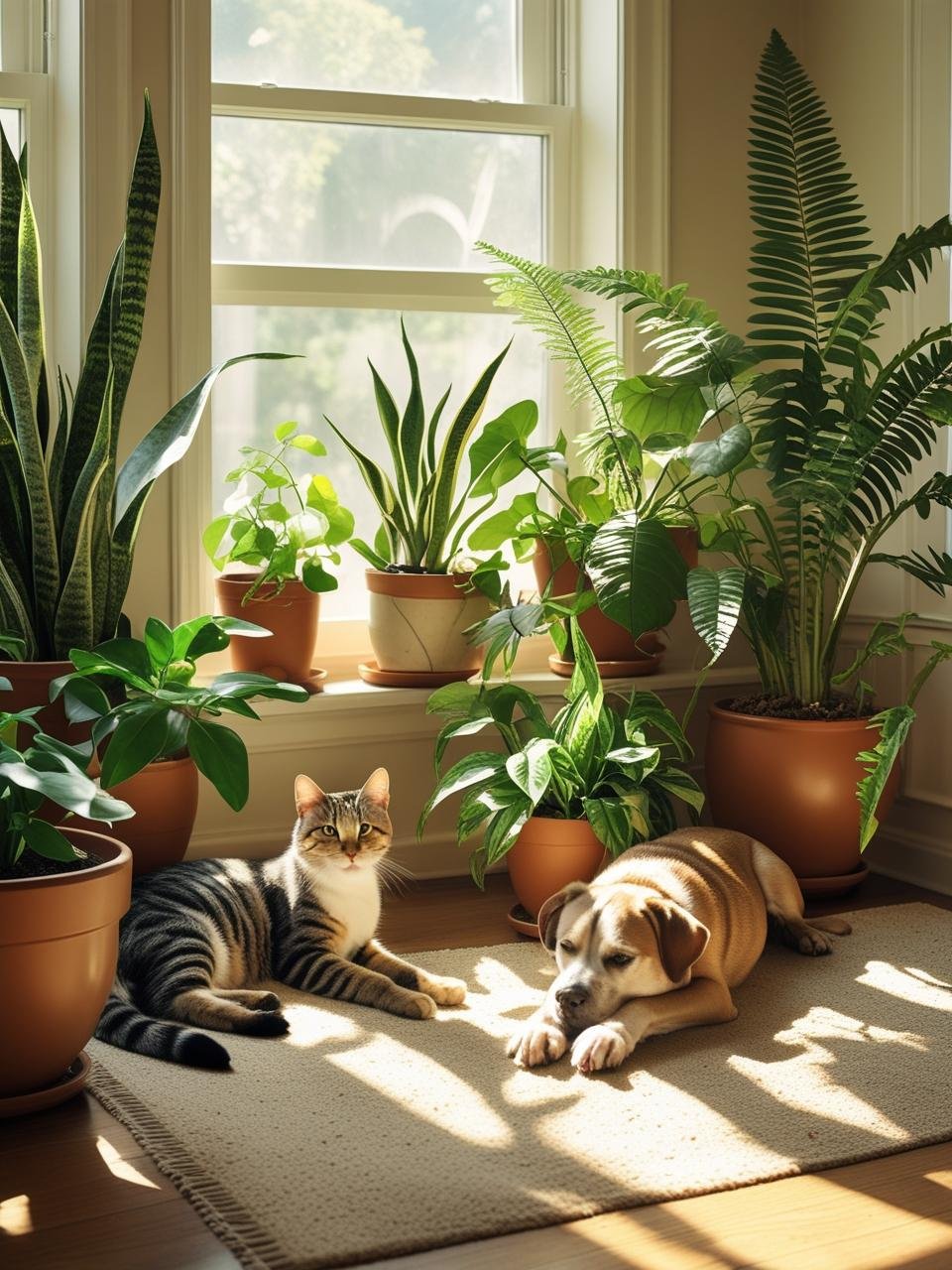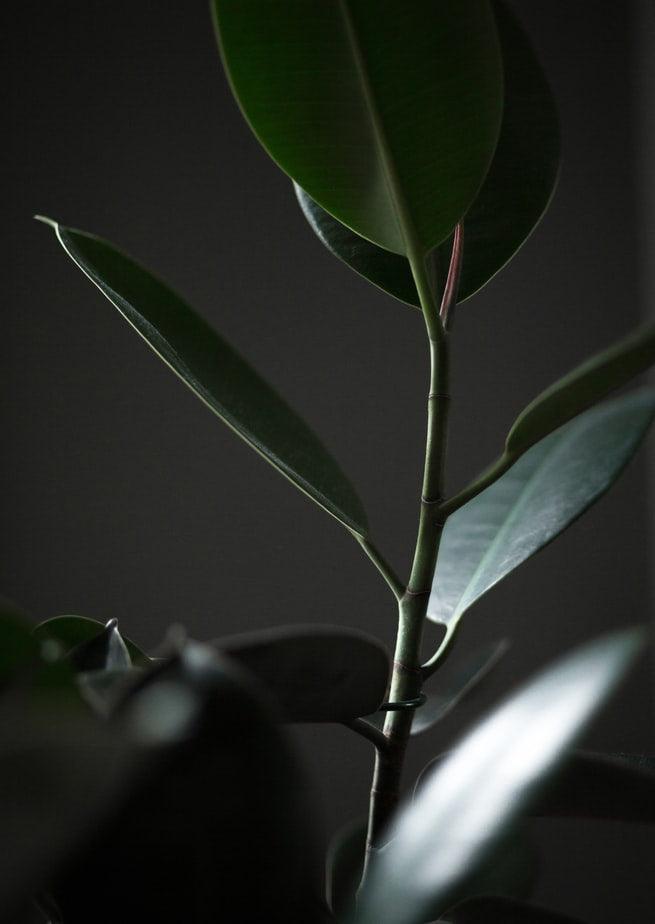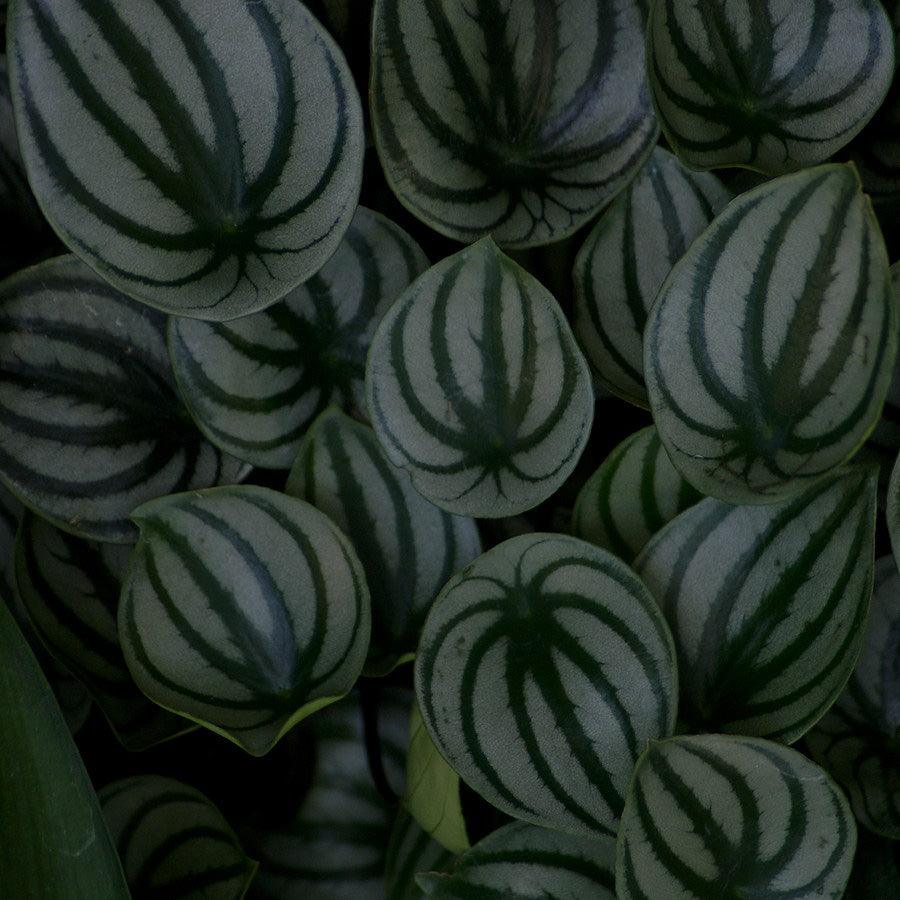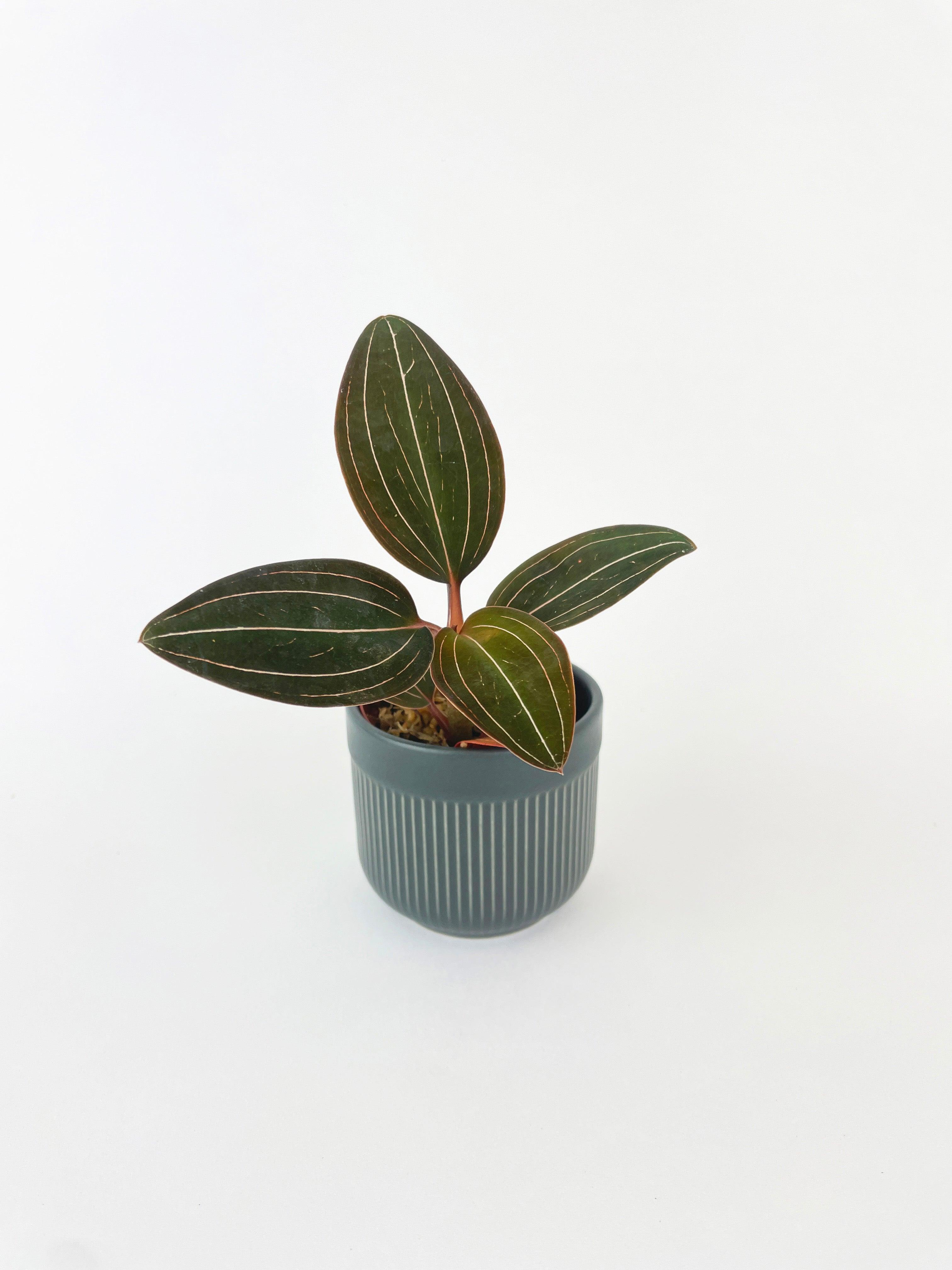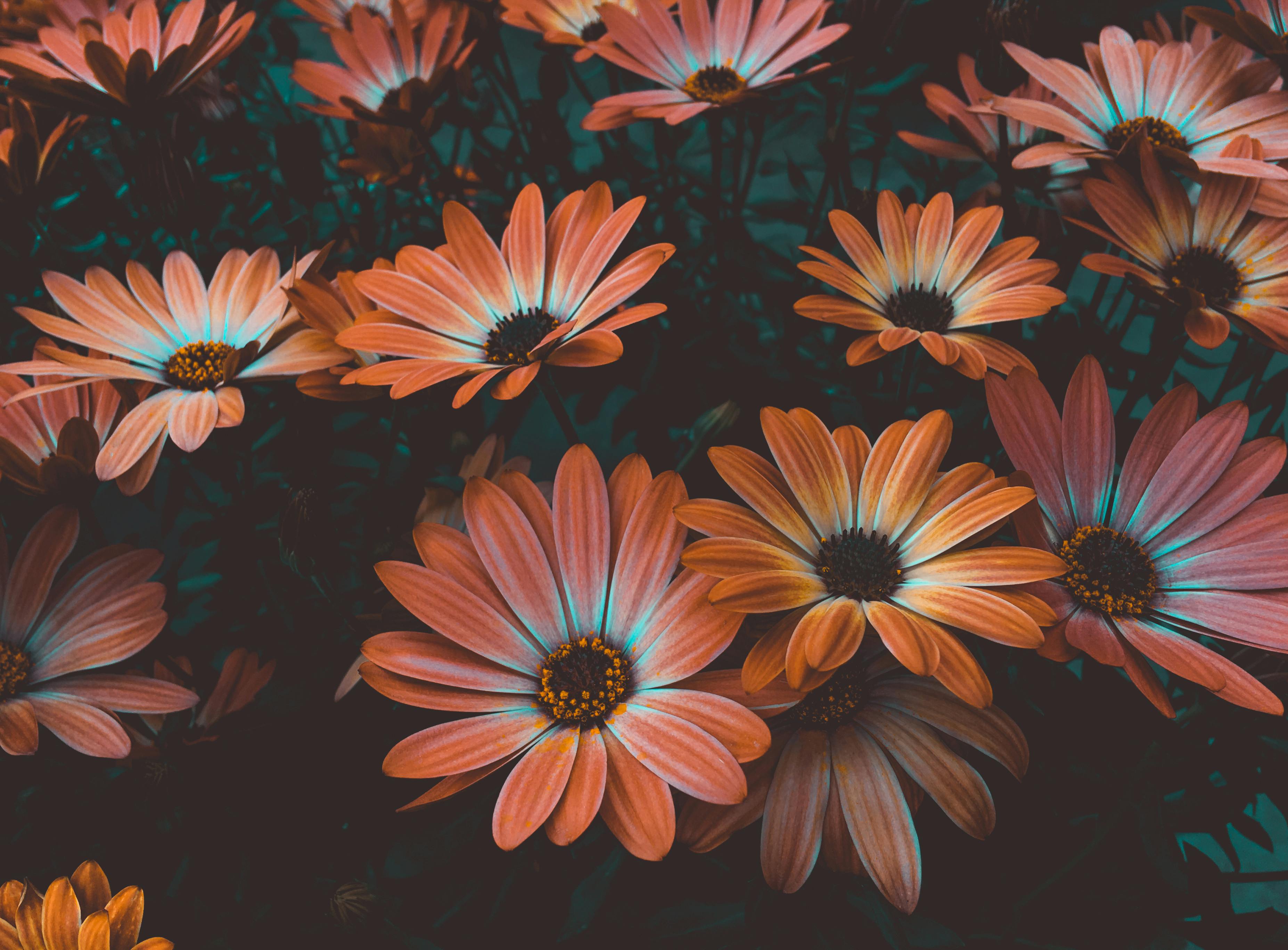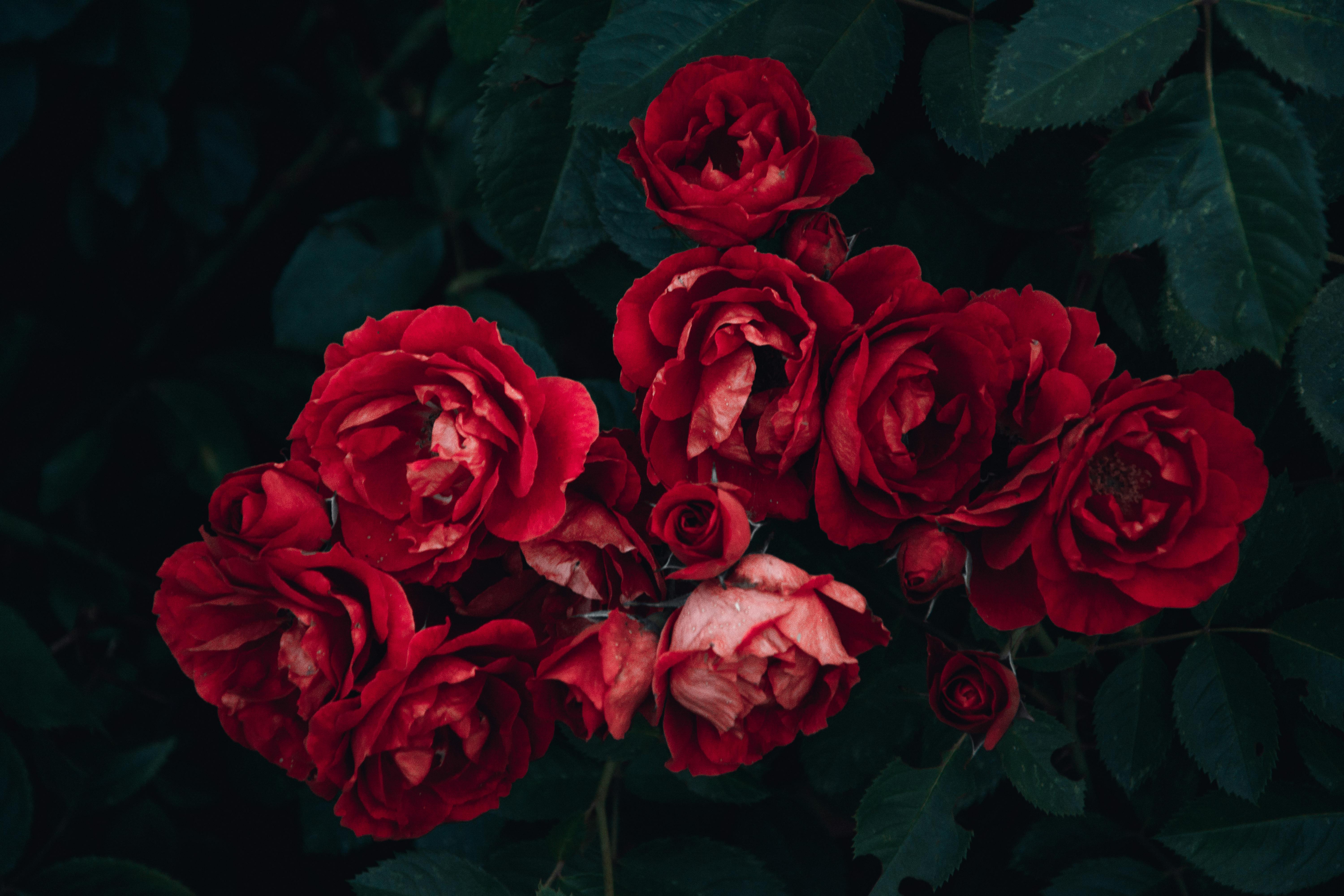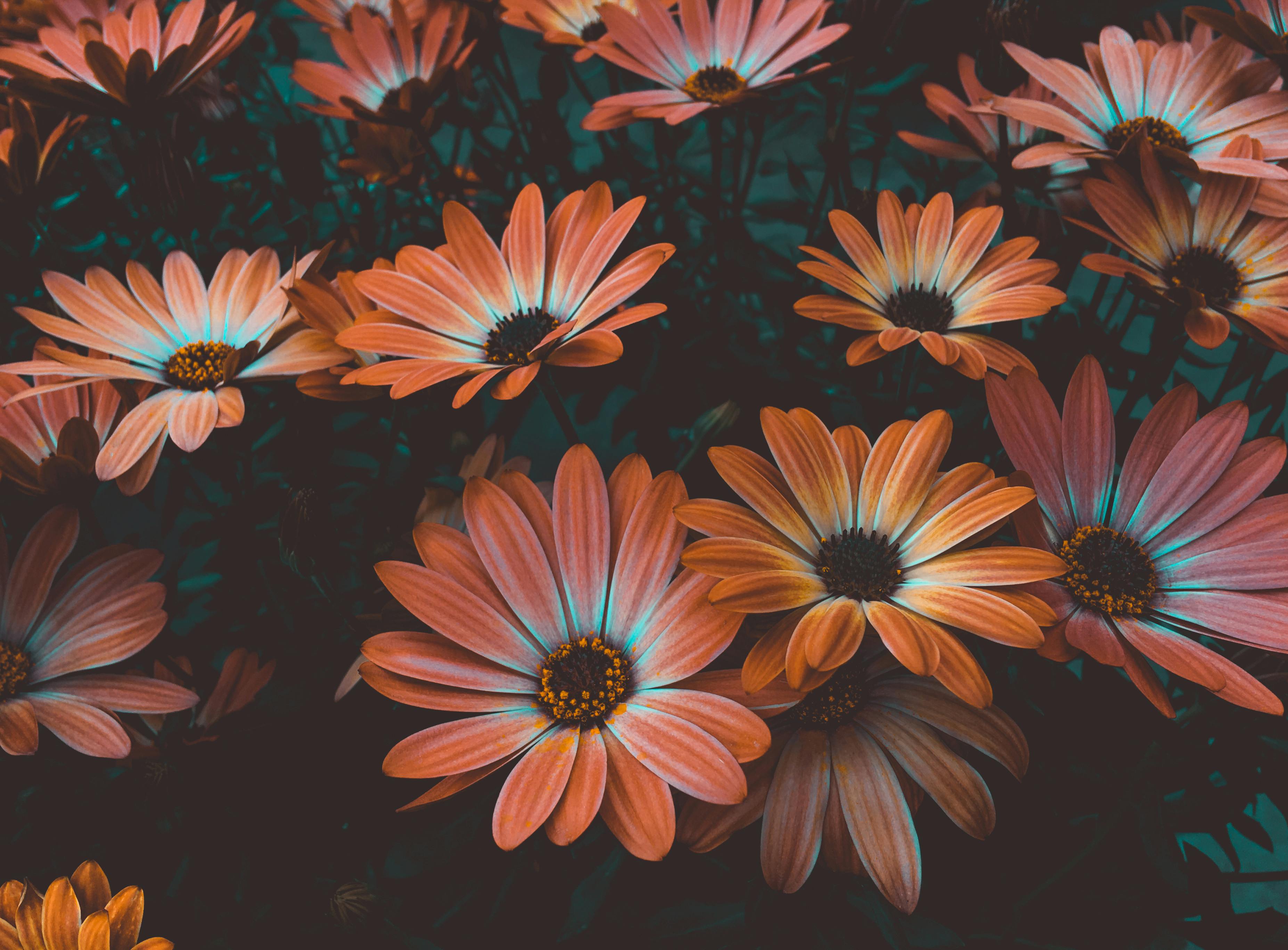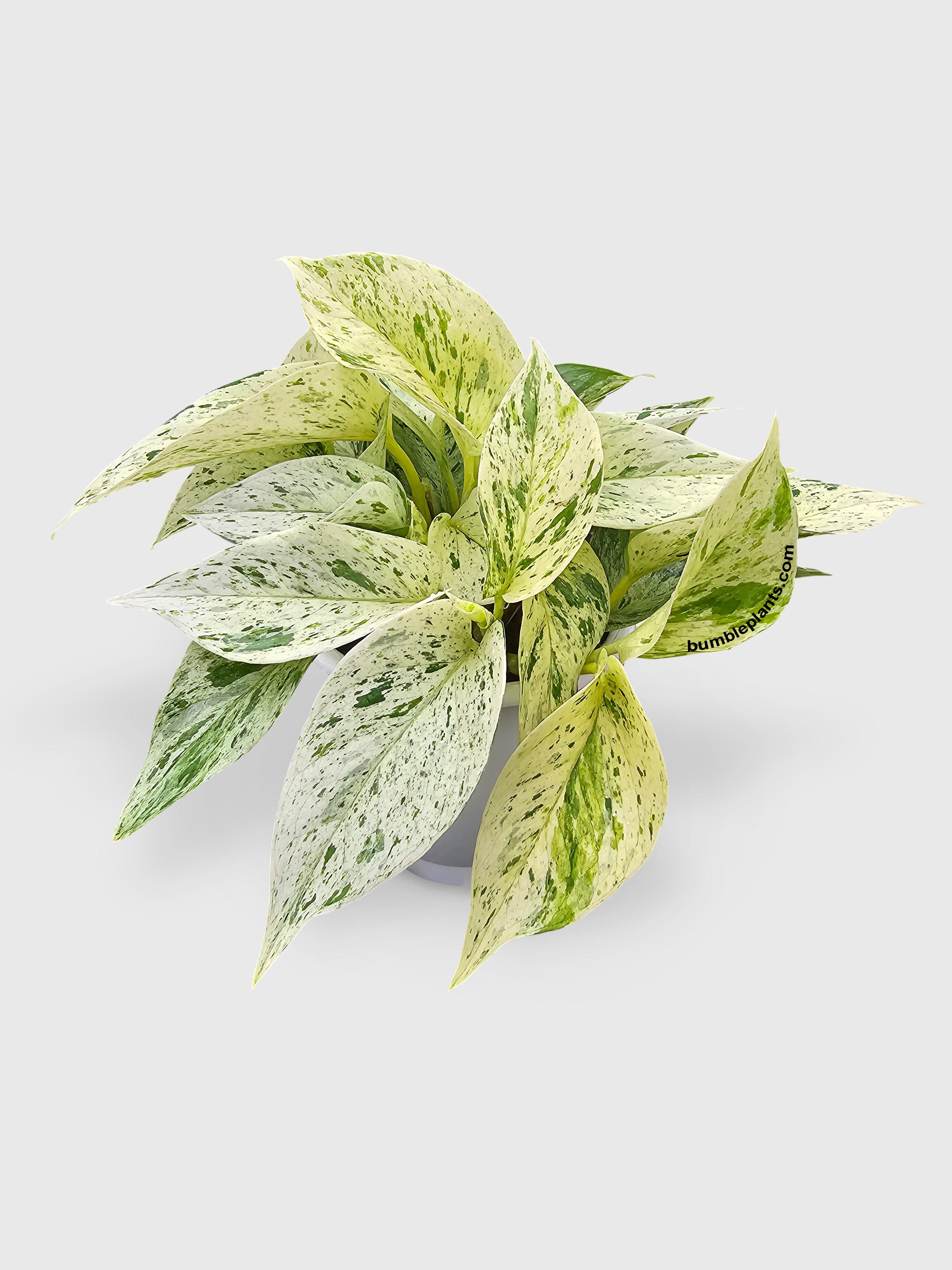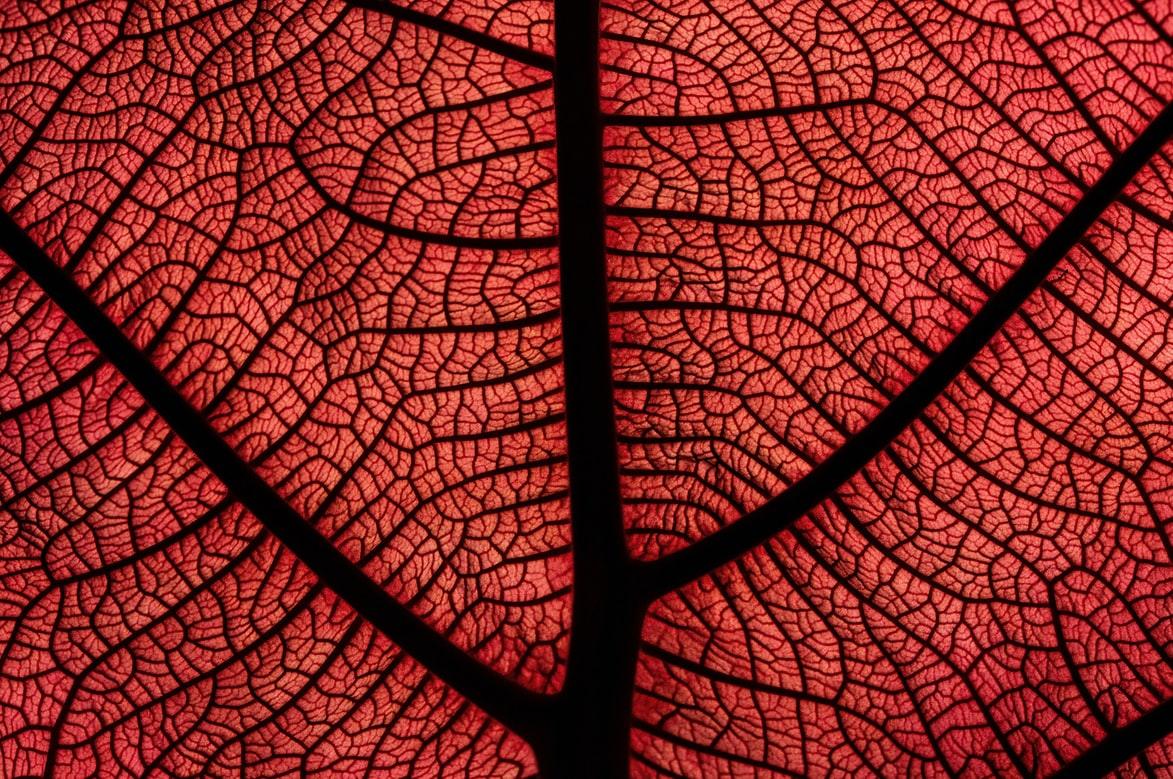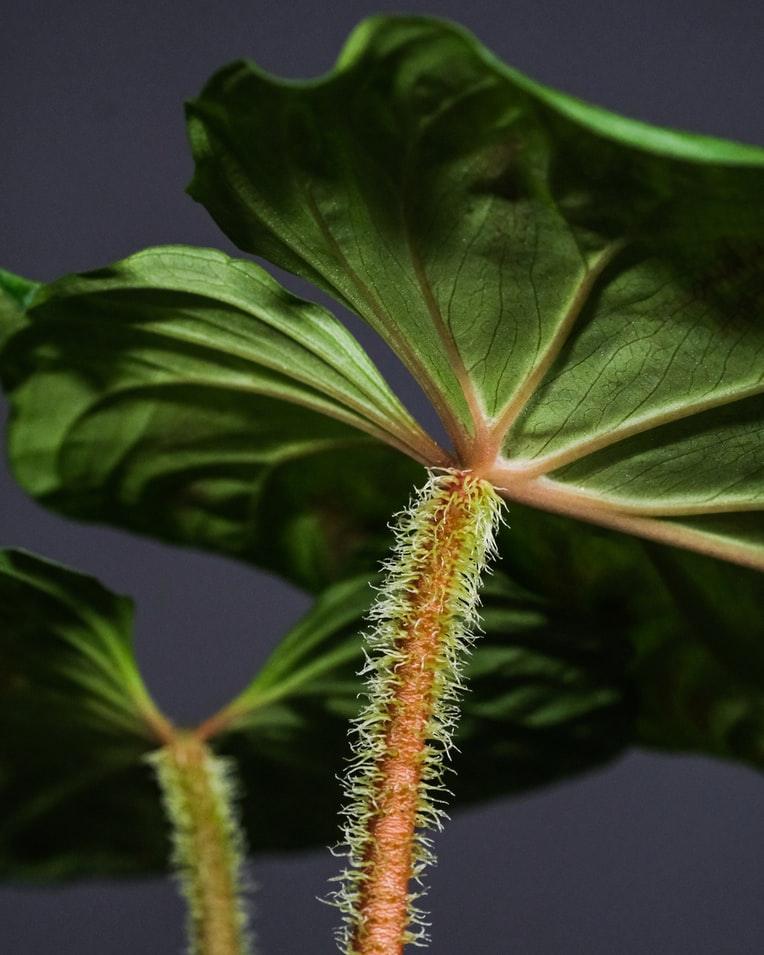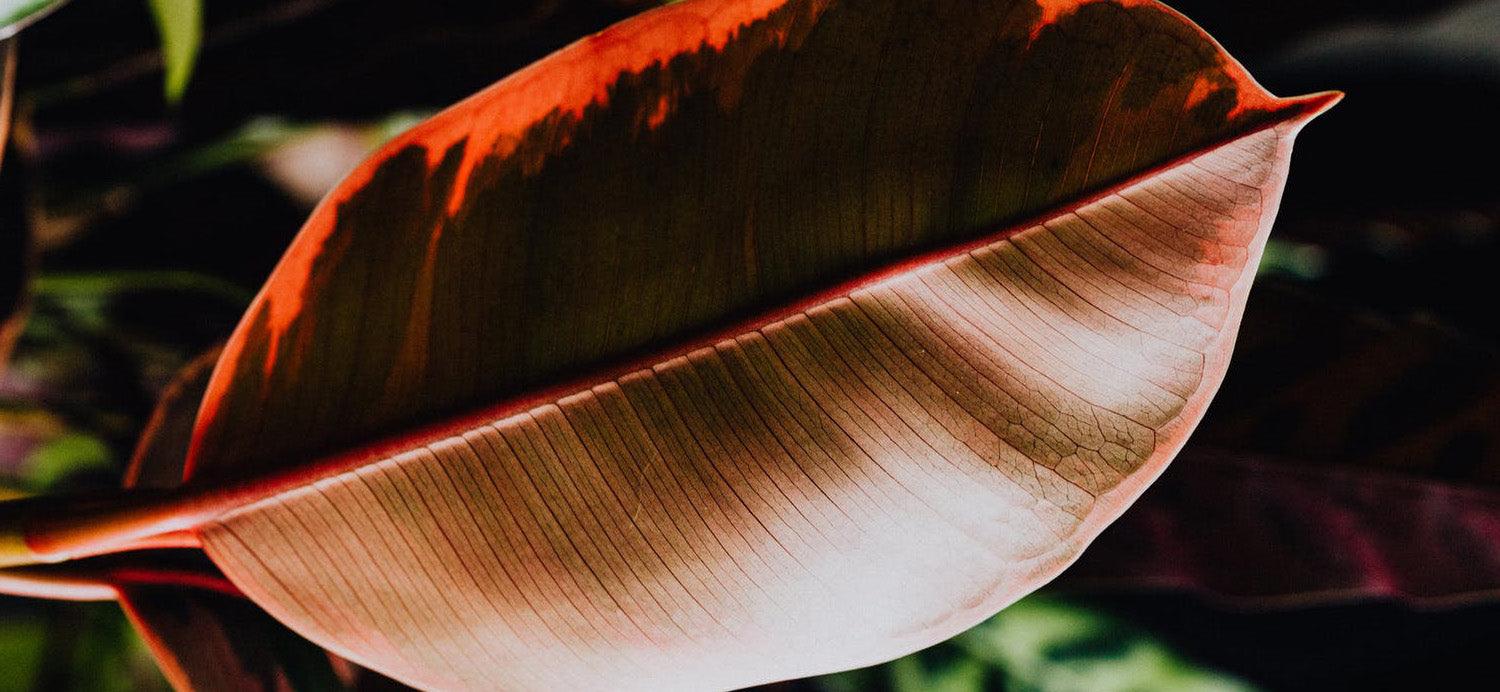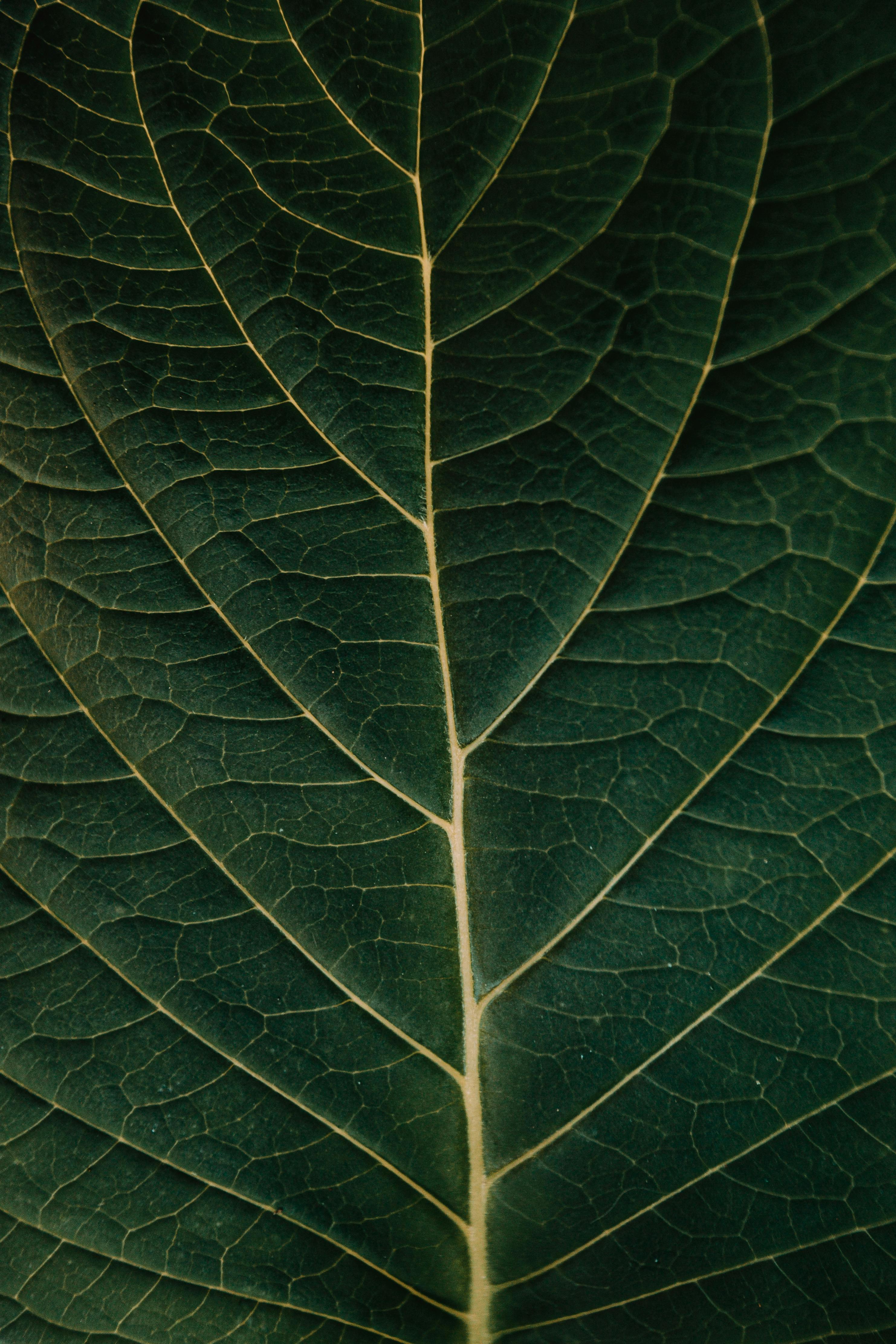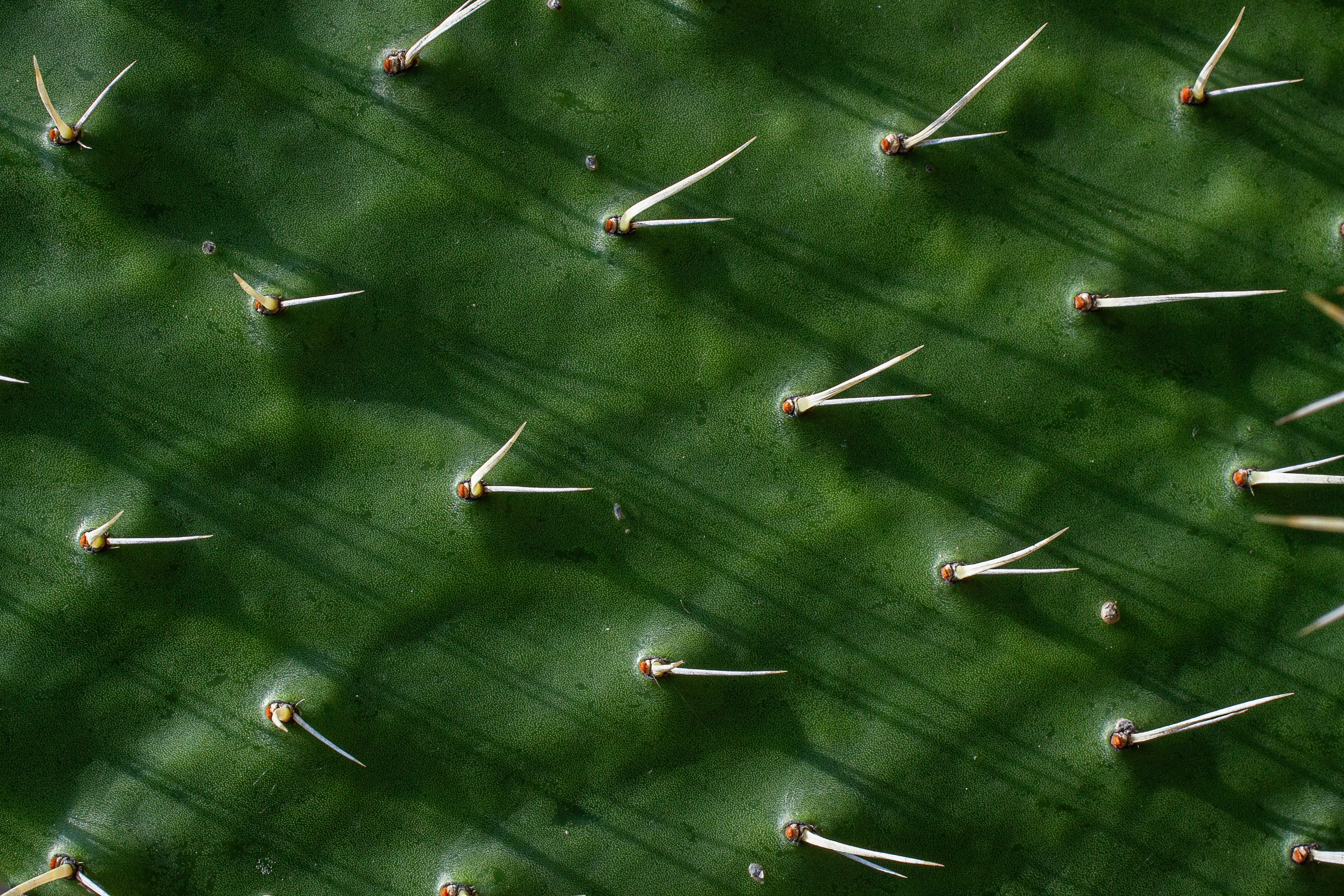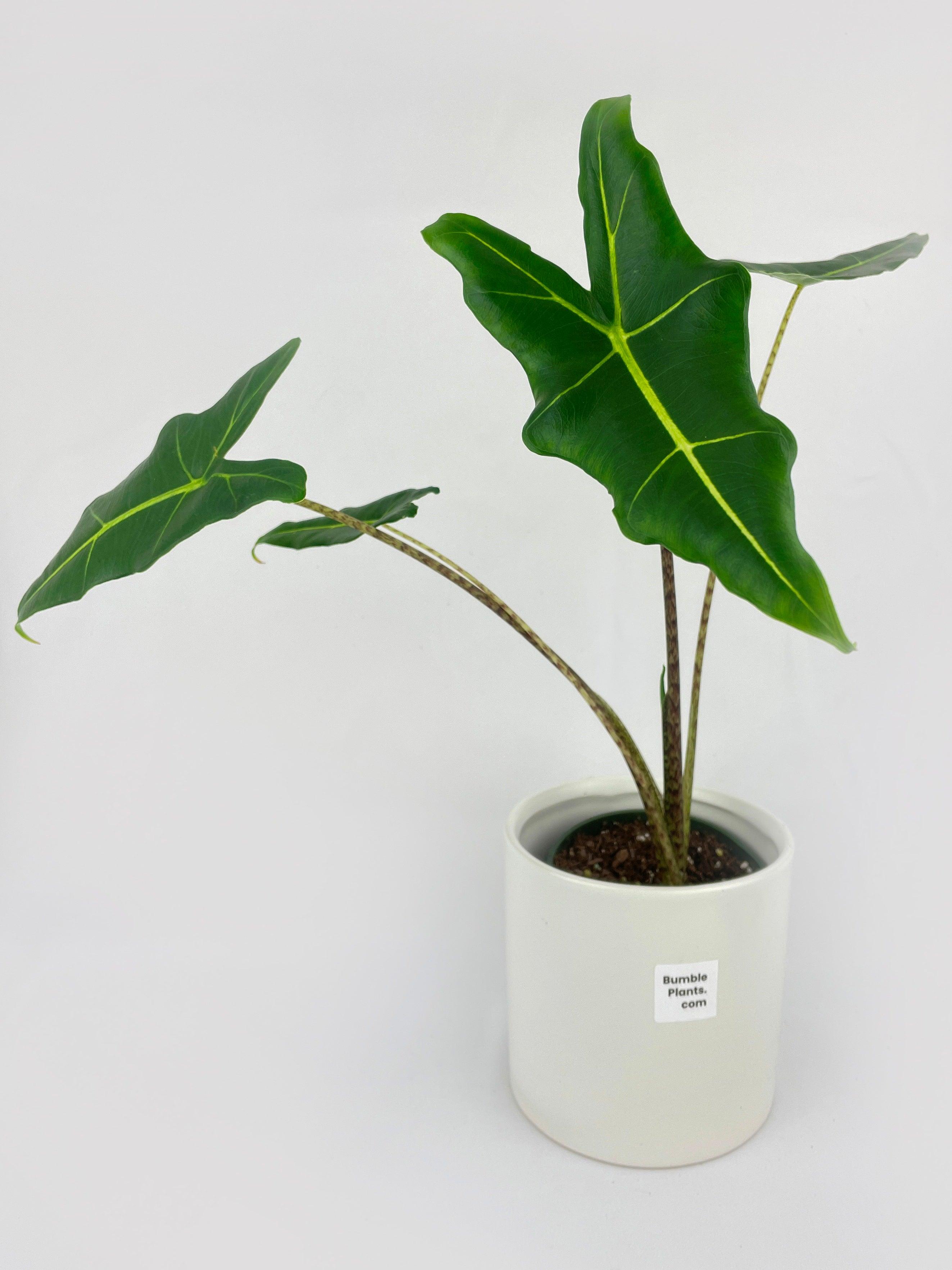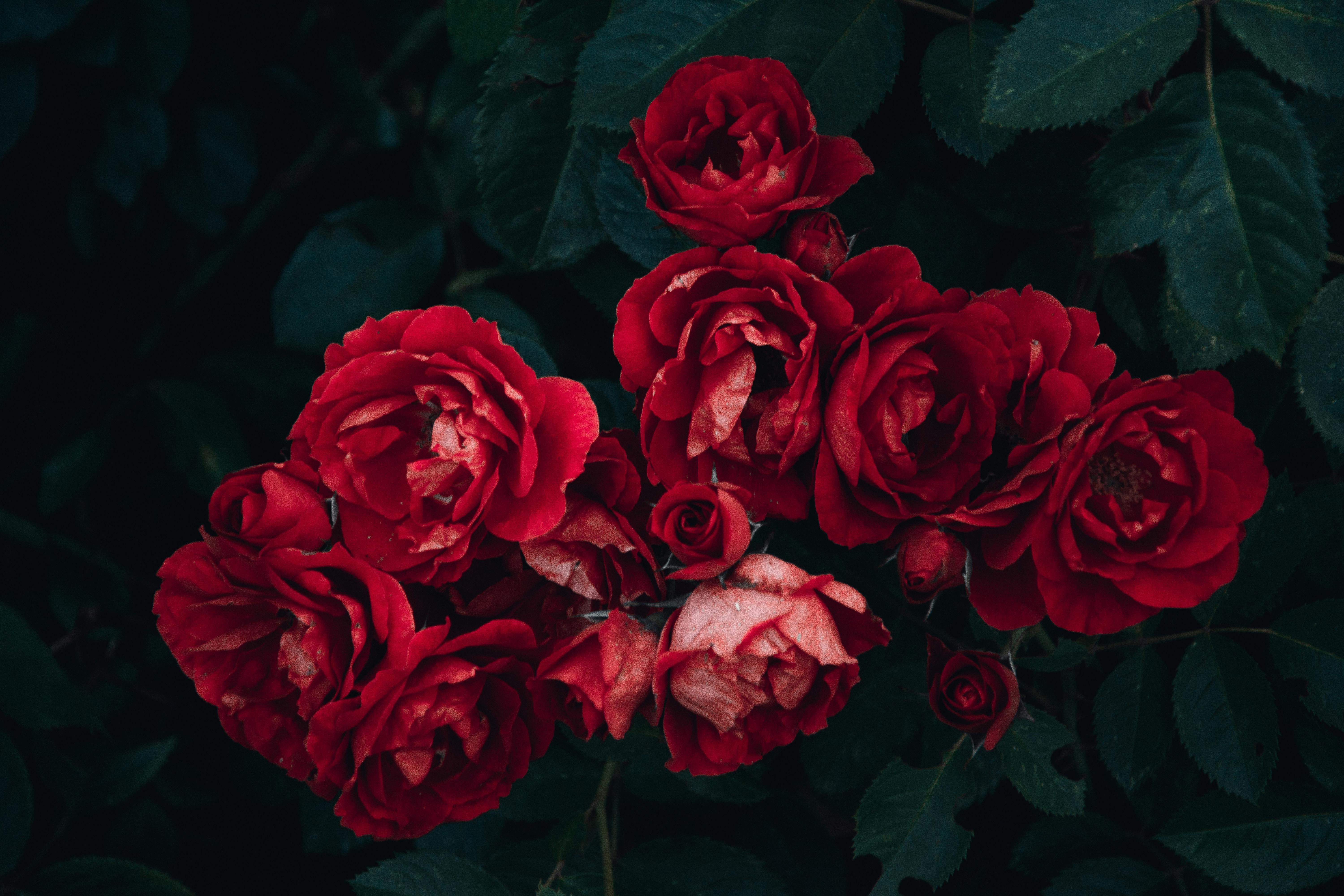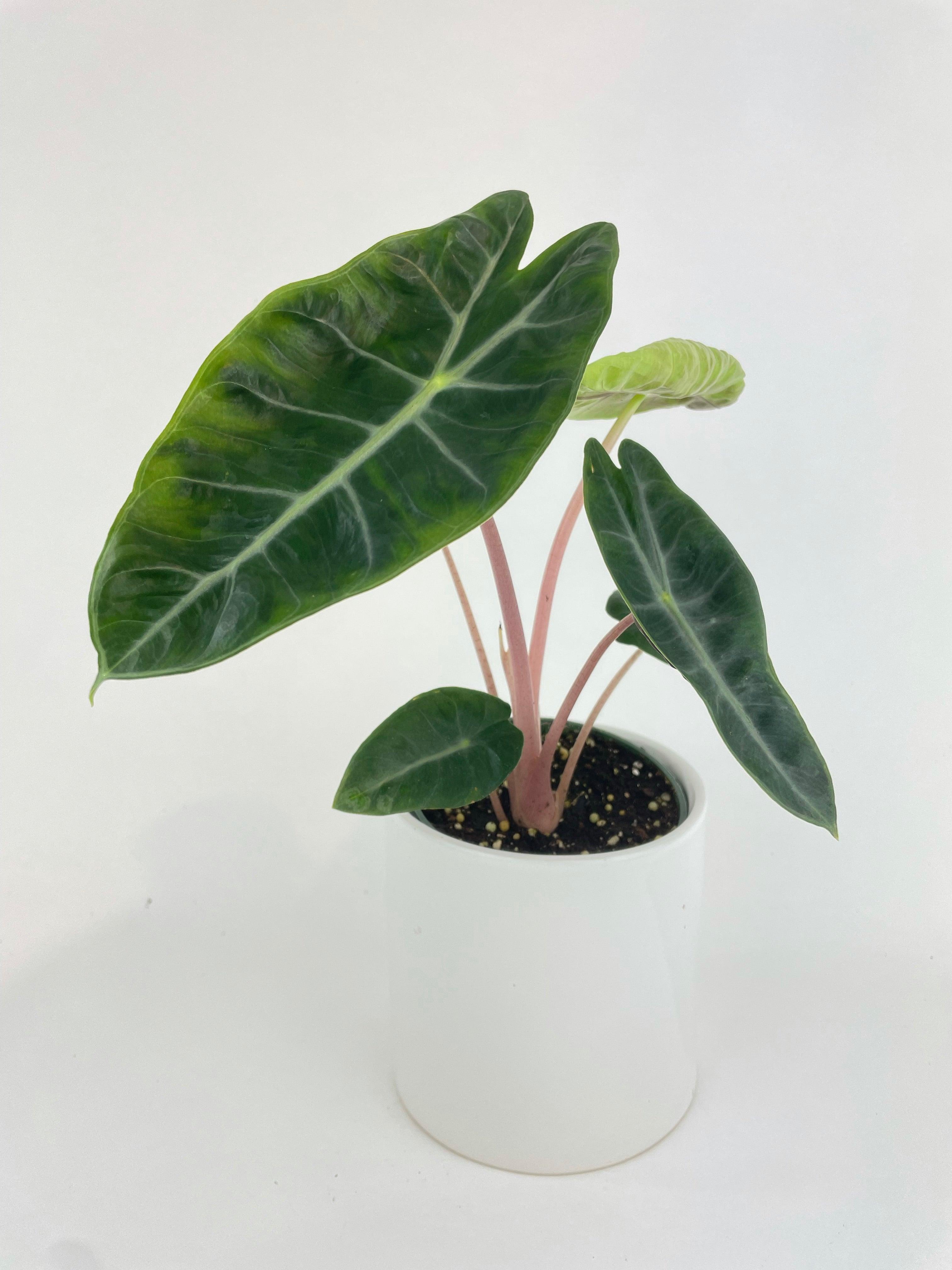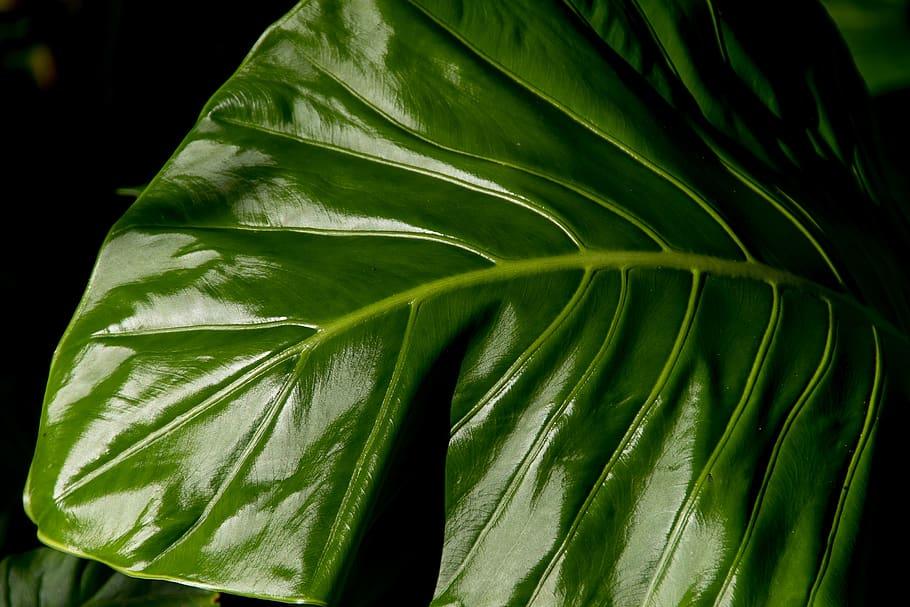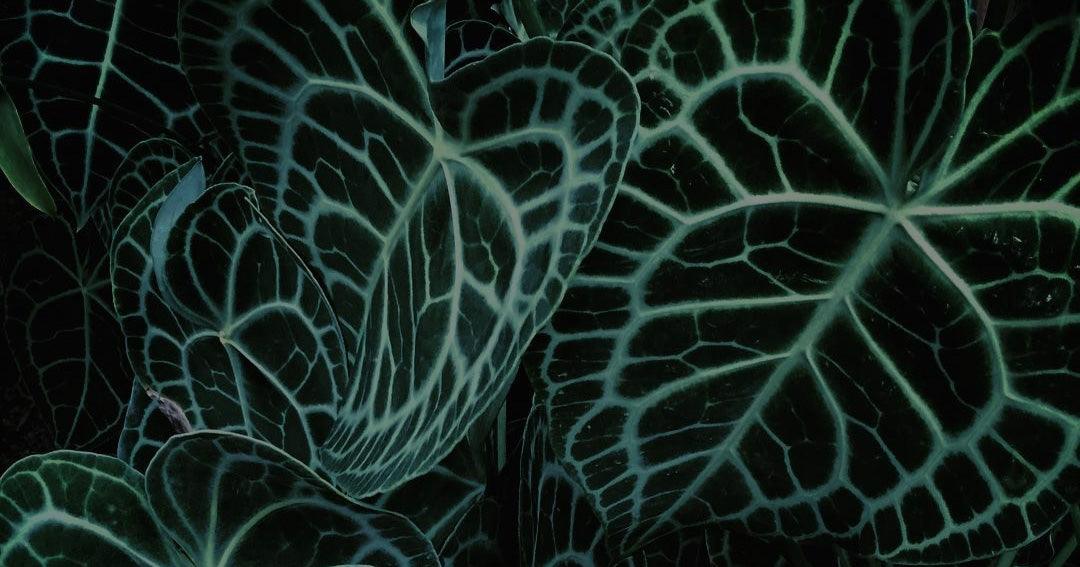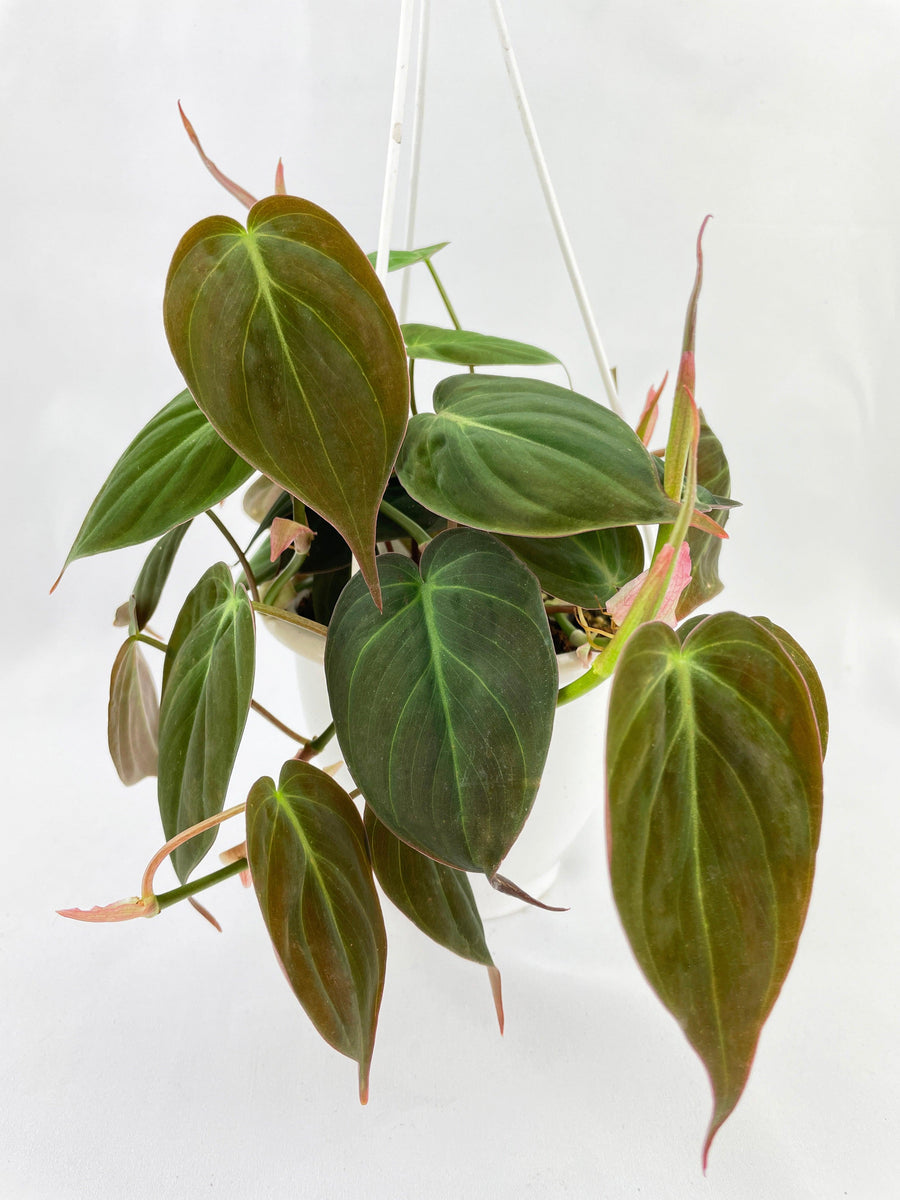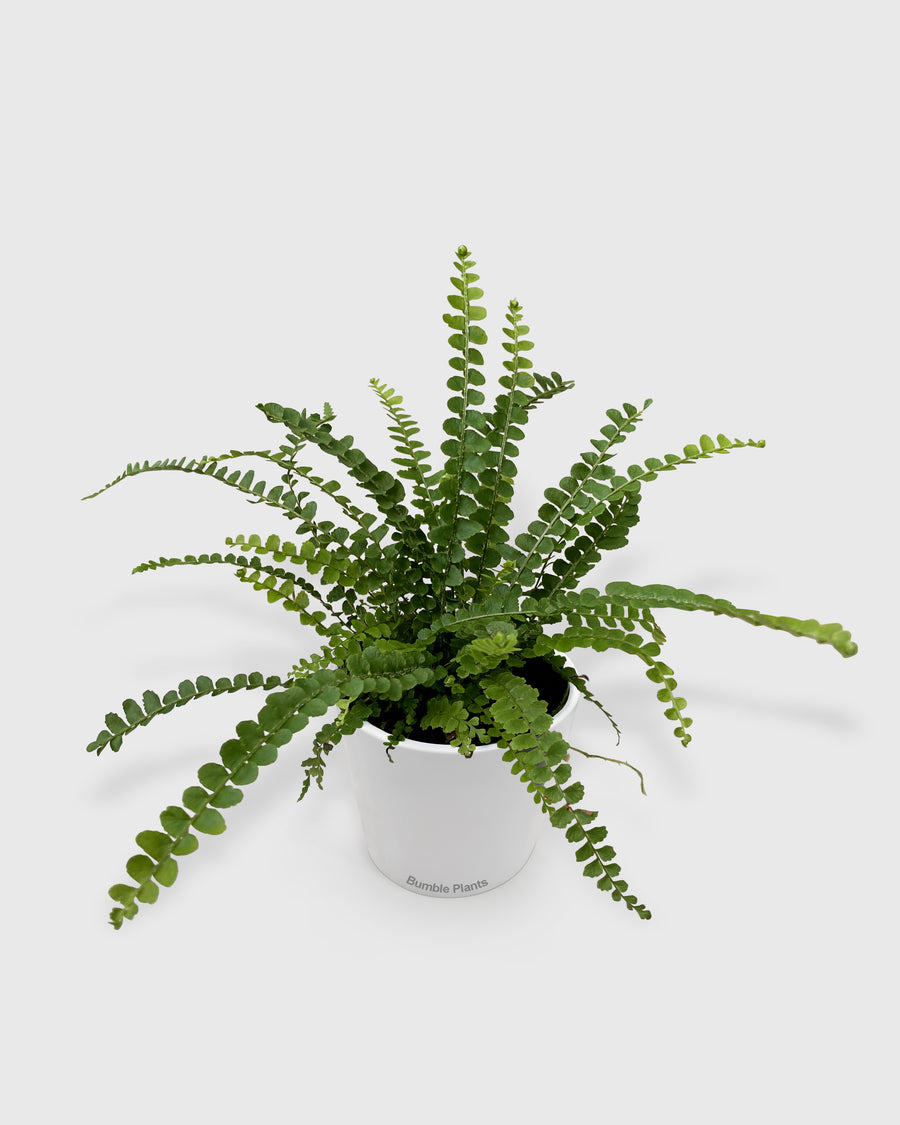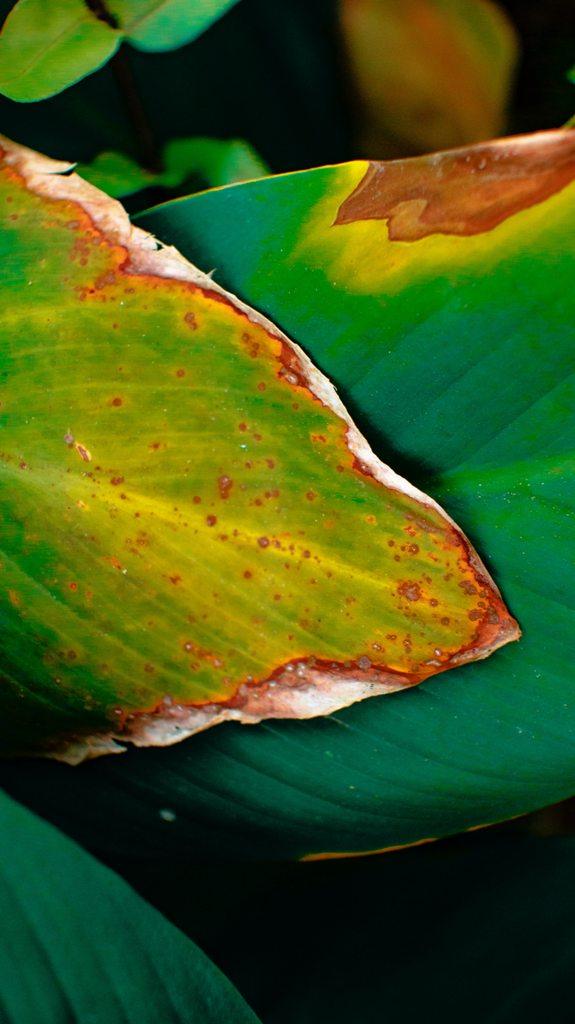
As a plant parent, one of the most stressful experiences is noticing that one of your babies is sick. Sometimes, a droopy or discolored leaf or two are NO BIG DEAL- a quick watering or lighting change and you’re well on the road to recovery.
But every so often, our plants will exhibit signs that something a little more serious is going on. If you want to nurse them back to health, the first step is identifying the problem.
Here is a quick guide to the most common plant diseases, how to identify them, and how to help your plants recover.
Root Rot
Diagnosis:
Usually a result of overwatering, root rot might be the cause of your plant’s malaise if you notice it is wilting from the bottom-up, even if the soil is not dry. Additionally, your leaves and stems might be changing color to shades of yellow, brown, or black. If you think this might be the issue, removing the plant from the pot to inspect its roots is a good idea. Plants with root rot will be mushy, smelly, and brown/black.
Solution:
Unfortunately, there isn’t any good cure for root rot. If you have unaffected cuttings you might be able to re-root and try again, but otherwise, you will likely not be able to save your plant- by the time symptoms are obvious, the entire root system is usually infected.

Sooty Mold
Diagnosis:
Sooty mold is more commonly seen in outdoor plants- however, if you notice a black pattern all over your plant, this disease might be the culprit. While the appearance of sooty mold is its worst symptom, it’s worth noting that it is usually indicative of a pest or fungi problem, which you will need to identify solutions.
Solution:
To get rid of sooty mold, you will need to get rid of any pests using an insecticidal soap spray. Once you have solved the root cause of the problem, you can remove the black mold by washing it off, or removing affected leaves.

Powdery Mildew
Diagnosis:
If your leaves are covered in a light, white film that resembles a dusting of flour, you might be dealing with Powdery mildew. This is often non-fatal for your plant as long as it’s not left unchecked.
Solution:
Remove all affected leaves and use a spray containing one of Penconazole, Flutriafol, or sulfur.

Fungal Leaf Spots
Diagnosis:
Leaf spots can be either fungal or bacterial. Deciphering between the two will be key for solving the problem. Fungal leaf spots usually occur in cool and damp environments and will range in color drastically- brown, black, red, and yellow are all common. Your leaves may start to distort or fall off, but the fungus will continue to thrive.
Solution:
Remove all spotted leaves from your plant, as well as any leaves that have fallen off- you don’t want any fungus left in the environment to avoid growth. If the problem is pervasive, you may want to invest in a fungicidal spray and treatment. Since specific environmental conditions are required for this fungal growth, you will also want to ensure your plant is moved to a space where humidity is lower.

Bacterial Leaf Spots
Diagnosis:
Unlike fungal spots, bacterial spots will present themselves as larger “water-soaked” spots. These will turn black or brown and are occasionally surrounded by a yellow ring. Usually, overwatering, overcrowding, or reused soil are the cause.
Solution:
If the leaves are the only affected part of your plant, clip them off and ensure your watering/potting practices are appropriate for your plant. Also, be mindful not to splash water on the leaves during your watering routine. That being said, if your stems are also infected, you will likely not be able to save your plant- by this point, the infection has taken over its entire system and it will eventually collapse.

Botrytis Blight
Diagnosis:
Blight is a serious fungal disease that can quickly spread from one area to another, often without warning. Early signs include brown patches on the leaves and stems which rapidly grow larger as more spores are carried by wind currents throughout your home or business's ventilation system.The early detection of this dangerous condition requires an experienced professional who knows how important their work truly entails!
.
Solution:
Remove all affected parts of the plant and improve ventilation in your plant’s environment. If the problem is too pervasive or it has affected the plant's stem, you will need to get rid of it, unfortunately.



